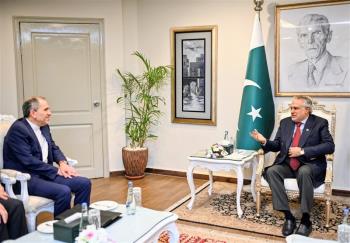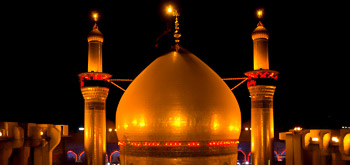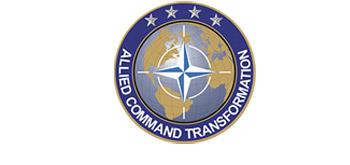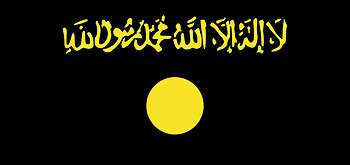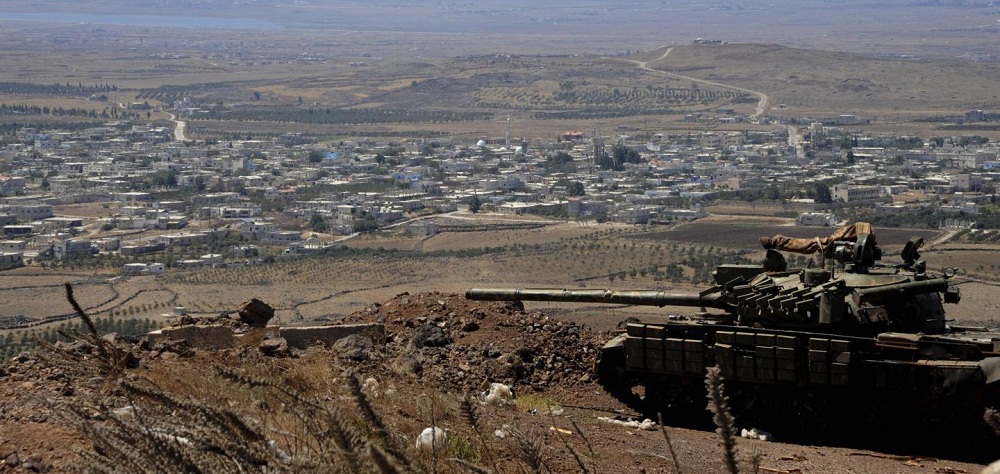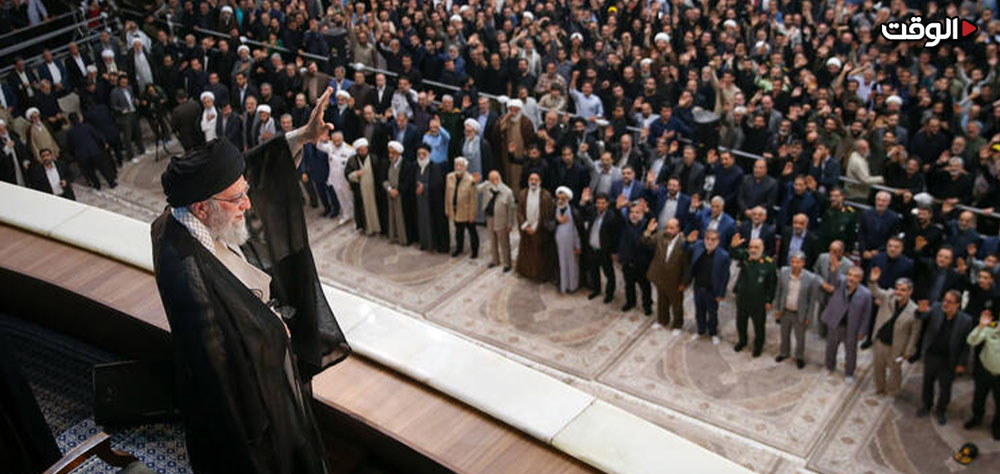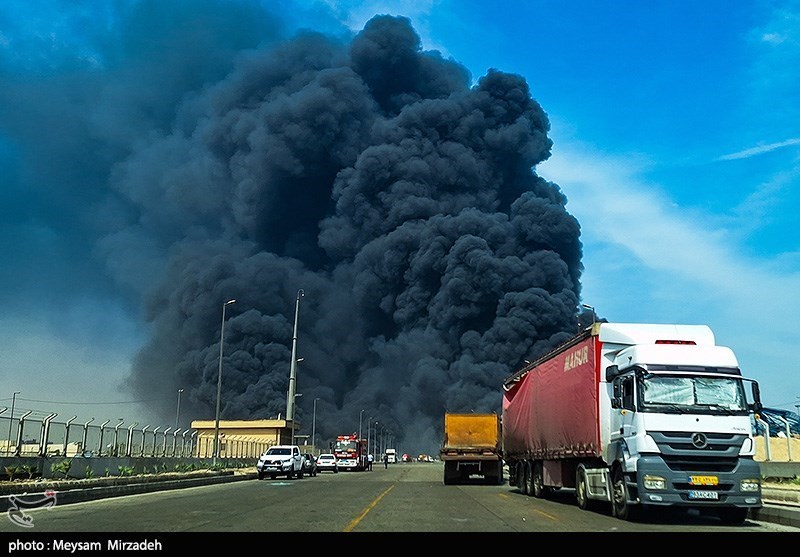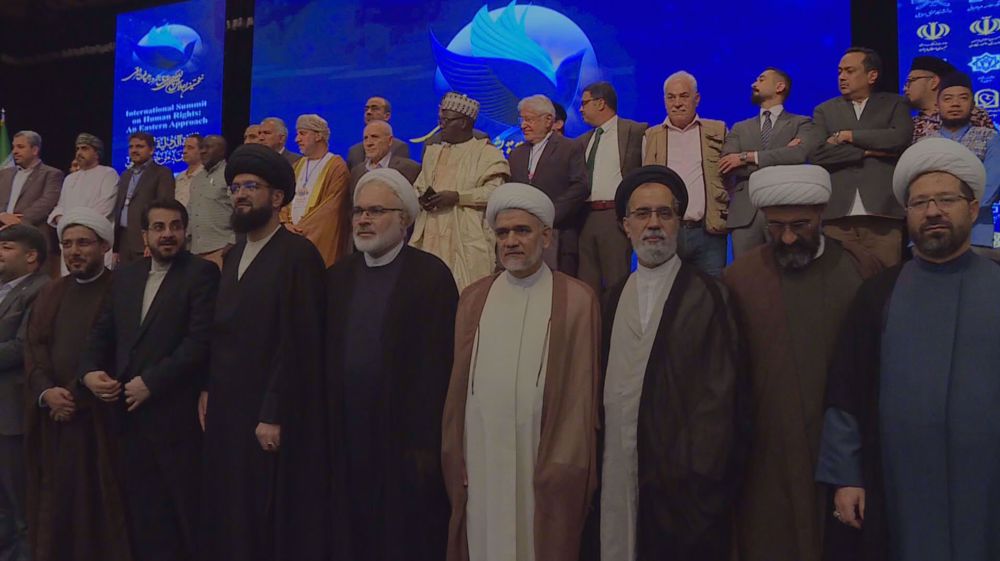Alwaght- The US President Donald Trump and his Russian counterpart Vladimir Putin discussed a set of issues during their July 16 meeting in Finland's capital, Helsinki. One of the issues was the Syrian crisis and the army’s anti-terror operation in the south, mainly in Quneitra, where the country borders the territories occupied by Israeli regime. Trump and Putin called on the two sides to respect a border ceasefire agreement signed in 1974 between Tel Aviv and Damascus.
Russia’s president emphasized that southern Syria should be fully part of the accord, officially known as Agreement on Disengagement, adding this will be crucial to the peace in the occupied Golan Heights and will secure peace between Syria and the Israeli regime. Before that, the Israeli Prime Minister Benjamin Netanyahu had called on Syria to respect the demilitarization agreement, enforced by the United Nations Disengagement Observer Force (UNDOF).
The separation of forces accord was signed on May 31, 1974, between Israeli and Syrian military representatives in the presence of the UN, Russia, and the US in Geneva, Switzerland. The deal is, in fact, a materialization of resolution 338 approved by the United Nations Security Council the year before. According to the deal, Damascus and Tel Aviv agreed to respect truce in the demilitarization area. Accordingly, a separation zone between Quneitra and Golan Heights was marked to be free of military operation or arms deployment. Tel Aviv agreed to move back its arms from the Golan Heights and also Quneitra borderline. Damascus, on the other side, agreed to avoid dispatching air defenses to an area 25 kilometers away from the separating border.
On June 18, Syrian Arab Army, backed by the allied forces, launched an operation to reclaim southern areas, including Daraa and Quneitra, a move that took it to reach the contact areas with Golan Heights. The terrorists, who to date received military and logistical support from Tel Aviv, resorted to Russia for a truce. Negotiations forced them to hand over their heavy arms to the government forces and go to Idlib province in the northwest which is yet a militant-held area. The militant evacuation allowed the Syrian army and a Russian military police force to take the newly-liberated areas. According to the agreement, the military police were deployed to control the strategic Tal Al-Harah hill which overlooks the Israeli borders.
The recapture of Quneitra, which means opening Golan front to Syria and its allies, will put the occupied Golan Heights at the fire range of Damascus and the allied forces, something Damascus can hold as a playing card at hand. This is what alarms the Israeli regime which, afraid of potential future attacks, seeks to burn the Syrian card using the 1974 agreement. During his latest visit to Moscow, Netanyahu asked Putin to help ensure Syrian government’s commitment to the accord in southern fronts. This comes while before that, Tel Aviv did its best to foist new field conditions on Damascus in the south by unofficially nixing the agreement.
Taking as an excuse the 1974 agreement, the Israelis over the past years of the war targeted the Syrian army forces in Quneitra and other areas, particularly Hadhar in the city’s suburbs. After an airstrike on the Syrian military, the Israeli regime issued a statement saying any efforts to reinstate military presence and increase military movement and also deploy arms and armored vehicles to the separation area in Golan will be considered a violation of the 1974 demilitarization deal. This warning came while since the eruption of the Syrian crisis, Tel Aviv dispatched heavy arms and forces to the Alpha Line in the west which was set to not be crossed by the Israeli forces.
The Alpha Line and Bravo Line, in the east which prohibits Syria from crossing into it, both create a separation of forces area where the UN peacekeepers are positioned. According to reports prepared and published every three months by the UN mission, the Israeli army breached the terms of the deal and sent its forces to less than 25 kilometers from the borderline. The reports confirm that the patrollers observed Israeli air defenses, missile launchers, and also units of 155 mm artillery in the demilitarized zone.
Now the Israeli leaders say the accord should be fully implemented and seek to modify some of its terms by means of the UN. According to sources, the UN intends to install a modern radar system in the guarded area but the Syrian authorities have strongly rejected the idea.
Beside Tel Aviv, Moscow insisted that the agreement needs to be fully implemented. The Russian demand, many analysts maintain, stems from Russians' will to steer clear of escalation and possibly a confrontation on the border. In fact, Moscow seeks to keep relying on a mechanism of truce to ensure that Tel Aviv and Damascus will keep committed to calm in the area.
Before the Syrian crisis, sparked in 2011, Tel Aviv relied on the UN peacekeeping mission for confrontation-free occupied Golan Heights. But the start of the conflict and rise of the terrorist groups across Syria, including in the south, the Israeli regime took advantage of the terrorists who seized much of southern Syria. The terrorist seizures played into Tel Aviv hands by expanding the buffer zone. But the recent recaptures have destroyed the Israeli plans to broaden the separating area and respect to 1974 ceasefire.
Israeli regime’s return to the accord implies admission of the defeat and moving back. But even in the new circumstances Tel Aviv leaders want to, first, repel any security threats and provocative measures and, second, build a ground to justify their military intervention in Syria. Insisting that the agreement is based on a UN resolution, the Israelis intend to highlight the international aspect of the accord to forge an international consensus against the Syrian government and its allies.


